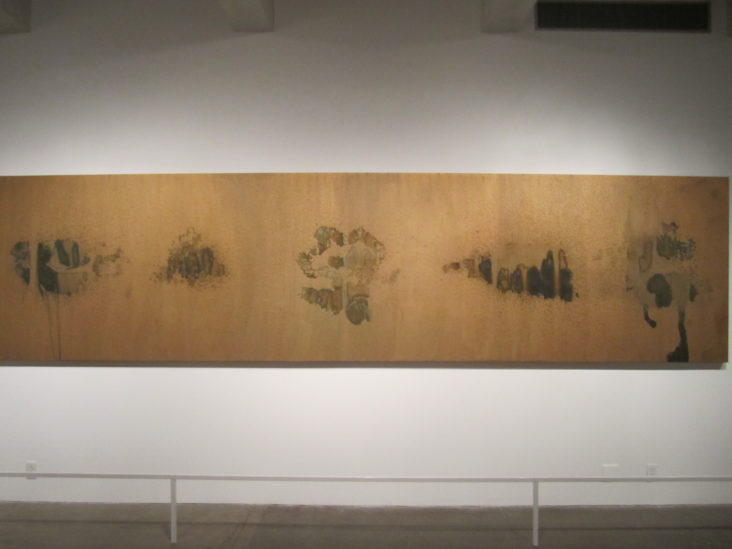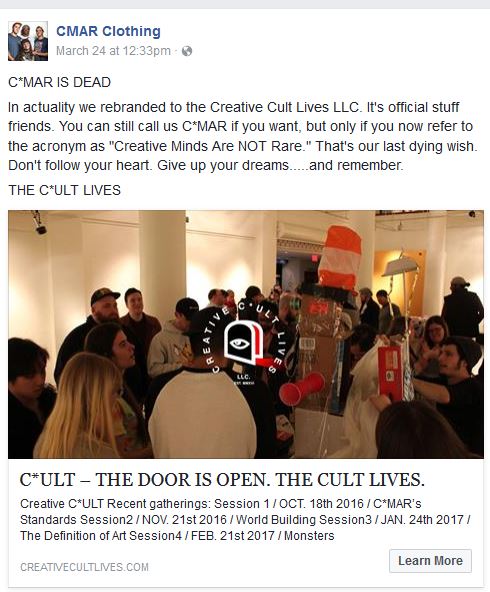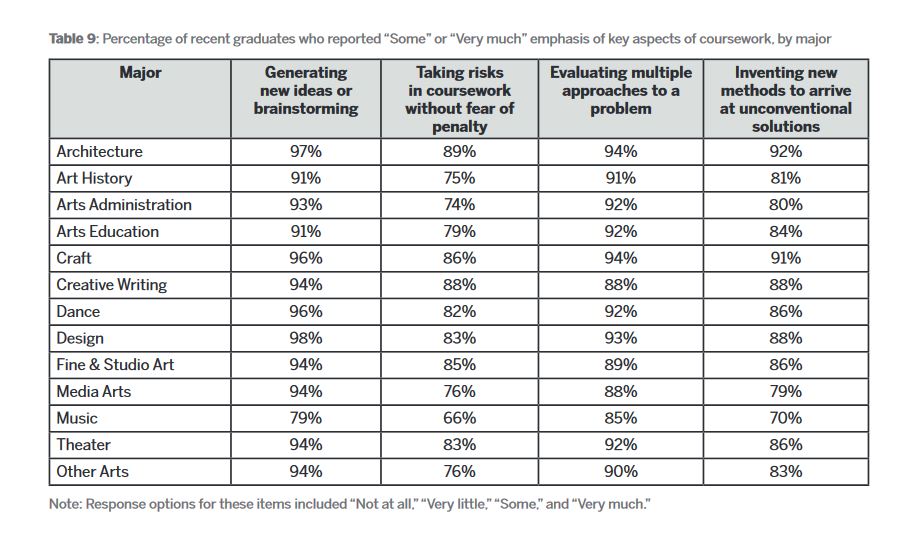I attended a presentation by Mosaic Education Network about their efforts working in conjunction with the Barnett Center at Ohio State University to provide some entrepreneurship workshops for artists in the Columbus, OH.
One of the things that impressed me was that they seemed to have made an effort to attract a more inclusive range of artists than might usually be served by such gatherings. When they spoke about how the different artists came to realize that the challenges they faced weren’t exclusive to their discipline, they mentioned that some attendees thought it was just a problem DJs were facing and visual artists likewise thought it was specific to them.
It got me thinking, how many individuals or organizations seeking to convene artists to talk about entrepreneurship would include DJs on their invite list? If I had been a little quicker with this realization, I might have thought to follow up and ask about the range of disciplines and practices that were invited.
The National Endowment for the Arts expanded their definition of what constituted arts participation when they conducted a study a few years ago. If arts organizations are going to tout those statistics to prove what a wide range of Americans are engaged with arts and cultural activities, it is probably only logical and fair to put practitioners of those disciplines on the literal and figurative invite list.
What they planned to do was hold a Create-a-thon modeled on the hack-a-thon events common in software coding, emphasizing the brain storming practices. This creative event was meant to lead off an 8 week series of workshops people would attend.
What actually ended up happening is a combination of a cautionary lesson and a testament to their nimbleness and willingness to revise their plans.
Associating the Create-a-thon with the software hack-a-thon model resulted in unanticipated expectations among some attendees. People came assuming there would be venture capitalists present and that those who gathered would help them develop their business model. That wasn’t what the organizers envisioned.
I have seen a lot of people advocate for adopted the hack-a-thon for arts and culture. I think I wrote about it myself some years ago. This problem never emerged on my radar which probably means I don’t know nearly enough about hack-a-thons to be stealing the idea.
Clearly if you are considering something along these lines it is very important to communicate exactly what will be occurring or evoke an entirely different model so that people don’t make the wrong assumptions.
They had 40 people attend the first day, but only 20 people came the second day. The presenters clarified the drop in attendance wasn’t due to the absence of venture capital at the event. Some people already knew they wouldn’t be able to make both days.
I wouldn’t normally even bring up the drop in attendance on the second day except that it helps to underscore how successfully they ended up. By the completion of the eight week series of classes/workshops, they ended up serving 76 people. While the interest initially seemed to flag, they attracted additional people through word of mouth and continued attempts to increase awareness.
But it wasn’t just good advertising. They attributed their ultimate success to their willingness to recognize the mistakes in their initial assumptions and take action to alter their plans.
They had assumed that those who were interested in taking their workshops would attend all eight weeks. They learned it was better to think about the classes in a modular fashion and allow people to attend the sessions by which they felt they would be best served.
For example, Week One focused on the Mission Statement; Week Two on Vision; Week Three on Value Proposition the artist brought; Week Four on Marketing, etc. People only attended the workshops they felt they needed.
While they had planned to offer the classes during the day, they quickly realized that most everyone who had an interest in the workshops had day jobs and shifted to offering them in the evenings.
The presentation by the partners from Mosaic and the Barnett Center was successful by the measure of leaving me wanting to know more.
They seemed to be both working with people and embodying an ethic which are appropriate to the times and environment.
For example, you may have groaned inwardly at the mention of the Mission Statement workshop. Everyone writes these big impressive sounding statements that they can’t remember and never refer back to. They took one artist’s wordy, paragraph long statement and boiled it down to “I manipulate fabric for curious people.”
That may sound too informal, but it is easy to remember and probably fits more organically with the artist’s vision and value proposition than most arts organization mission statements. Just try memorizing your mission statement and the fabric artist’s. Tomorrow morning I bet you can recite her’s more easily than your own. I bet her’s even fires your imagination better than your own.
In a marketing project they spoke about, an artist had been updating his Instagram followers about the progress he was making on a visual art piece. When it was done, he told them it would be hidden somewhere at a festival and provided clues about where to find it. This helped the artist promote his work and helped build a relationship with the festival when he was able to show how he had driven attendance to their event. Of course, it also contributed to the relationship the artist had with his supporters.
Finally, one of the things the Mosaic Education Network and Barnett Center presenters emphasized for those planning to do Art Entrepreneurship training for their communities went right to the heart of the big debate about paying artists.
Don’t talk to artists about how their art should be profitable and how you are teaching them to be successful, while simultaneously asking those who are helping you provide the workshops to do so for free/the exposure. No one doubts it is difficult to find funding to support training programs like this, but the people who are helping you should profit from working with you.








I've been to a few of the Science on Tap events, though I never gave a talk at one of…